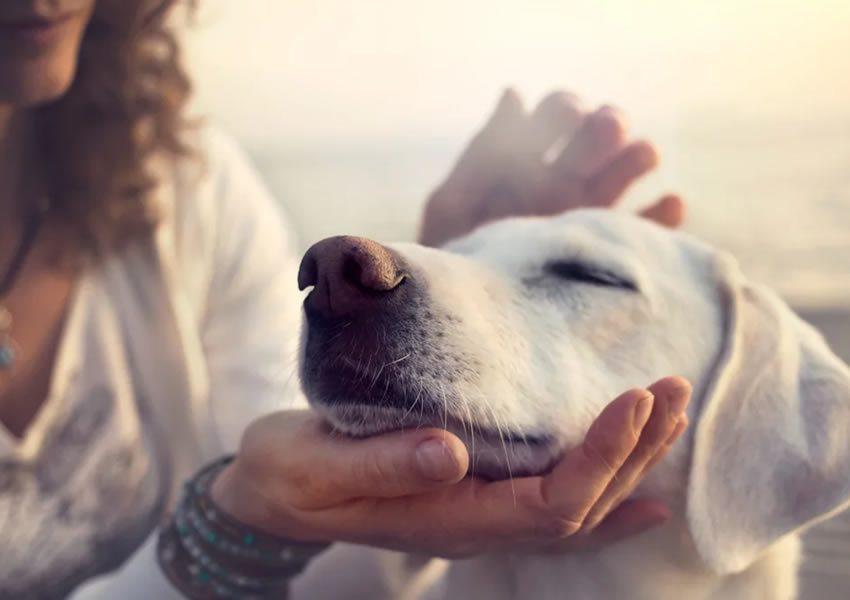Most dogs are friendly, loving members of the family, but even normally docile dogs may bite when they are frightened or when protecting their puppies, owners or food.
According to the Centers for Disease Control and Prevention (CDC), more than 4.7 million people are bitten by dogs annually, resulting in an estimated 800,000 injuries that require medical attention. More than 50 percent of dog bites occur on the dog owner’s property, and they account for one-third of all homeowners insurance liability claims.
Dog owner liability
Dog owners are liable for any injuries their pets cause in the following instances: if the owner knew the dog had a tendency to cause that kind of injury; if a state statute makes the owner liable, whether or not the owner knew the dog had a tendency to cause that kind of injury; or if the injury was caused by unreasonable carelessness on the part of the owner.
There are three kinds of law that impose liability on owners:
- Dog-bite statute – The dog owner is automatically liable for any injury or property damage the dog causes, even without provocation.
- “One-bite” rule – In some states, the owner is not held liable for the first bite the dog inflicts. Once an animal has demonstrated vicious behavior, such as biting or otherwise displaying a “vicious propensity”, the owner can be held liable. Some states have moved away from the one-bite rule and hold owners responsible for any injury, regardless of whether the animal has previously bitten someone.
- Negligence laws – The dog owner is liable if the injury occurred because the dog owner was unreasonably careless (negligent) in controlling the dog.
- In most states, dog owners are not liable to trespassers who are injured by a dog. However, a dog owner who is legally responsible for an injury to a person or property may be also responsible for reimbursing the injured person for medical bills, lost wages, pain and suffering and property damage.
Protect yourself—and your assets
Homeowners and renters insurance policies typically cover dog bite liability. Most policies provide $100,000 to $300,000 in liability coverage. If the claim exceeds the limit, the dog owner is personally responsible for all damages above that amount, including legal expenses.
Most insurance companies will insure homeowners with dogs. However, once a dog has bitten someone, it poses an increased risk. In such a case, the insurance company may charge a higher premium or exclude the dog from coverage altogether. Some companies will require dog owners to sign liability waivers for dog bites. Some will cover a pet if the owner takes the dog to classes aimed at modifying its behavior.
A single lawsuit—even if won—can end up costing hundreds of thousands of dollars. And the greater a person’s assets, the more potentially is at risk. The personal liability coverage available through a standard homeowners or automobile policy simply may not be enough, so you may want to consider purchasing a personal excess liability policy. Also known as an umbrella liability policy, it protects you against personal liabilities—such as dog bites—that could impact a substantial portion of your assets.
The amount of umbrella liability coverage usually ranges from $1 million to $10 million, and covers broad types of liability. Most insurance companies have required minimum amounts of underlying coverage—typically at least $250,000 of protection from your auto policy and $300,000 of protection from your homeowners policy. If you own a boat, then you must also have boat insurance with a specified minimum amount of coverage. Personal excess liability insurance is relatively inexpensive. The first $1 million of coverage costs about $150 to $300 per year, the second million about $75, and subsequent increments of $1 million cost about $50 per year.
Be a responsible dog owner
Ultimately, the responsibility for properly training and controlling a dog rests with the owner. The most dangerous dogs are those that fall victims to human shortcomings such as poor training, irresponsible ownership and breeding practices that foster viciousness or neglect and abuse. To reduce the chances of a dog biting, the following steps are recommended by the CDC when getting a dog:
- Consult with a professional (e.g., veterinarian, animal behaviorist, or responsible breeder) to learn about suitable breeds of dogs for your household and neighborhood.
- Spend time with a dog before buying or adopting it. Use caution when bringing a dog into a home of with an infant or toddler. Dogs with histories of aggression are inappropriate in households with children.
- Be sensitive to cues that a child is fearful or apprehensive about a dog and, if so, delay acquiring a dog. Never leave infants or young children alone with any dog.
- Have your dog spayed or neutered. Studies show that dogs are three times more likely to bite if they are NOT neutered.
- Socialize your dog so that it knows how to act with other people and animals.
- Discourage children from disturbing a dog that is eating or sleeping.
- Play non-aggressive games with your dog, such as “go fetch.” Playing aggressive games like “tug-of-war” can encourage inappropriate behavior.
- Avoid exposing your dog to new situations in which you are unsure of its response.
- Never approach a strange dog and always avoid eye contact with a dog that appears threatening.
- Immediately seek professional advice from veterinarians, animal behaviorists, or responsible breeders if the dog develops aggressive or undesirable behaviors.






